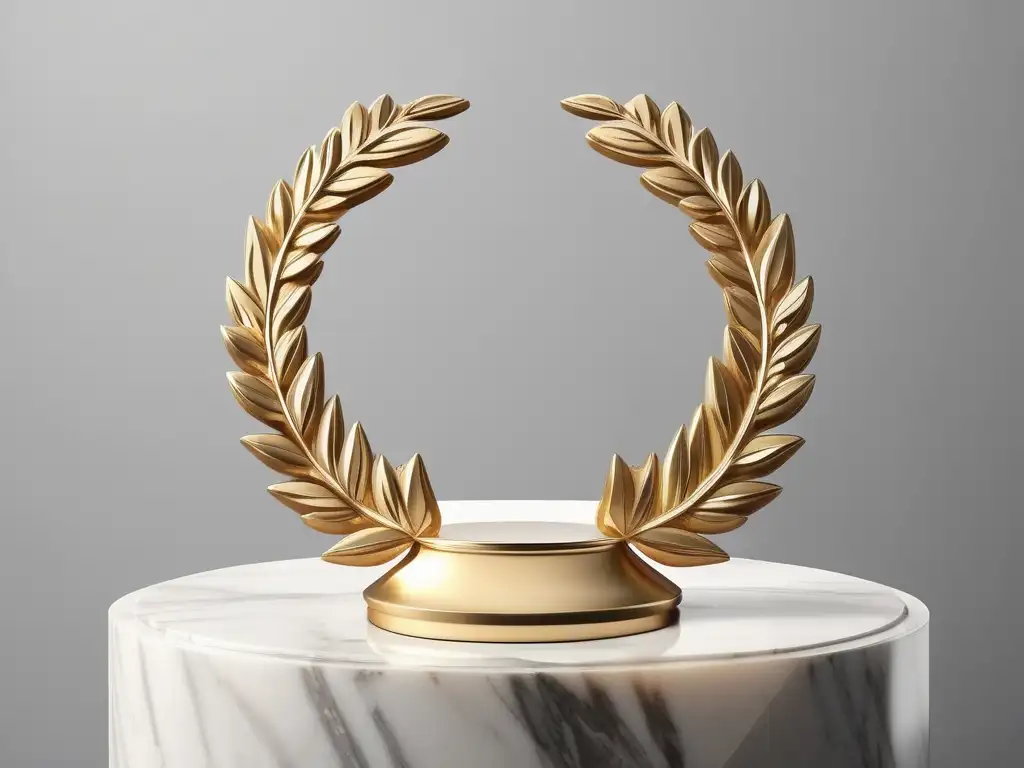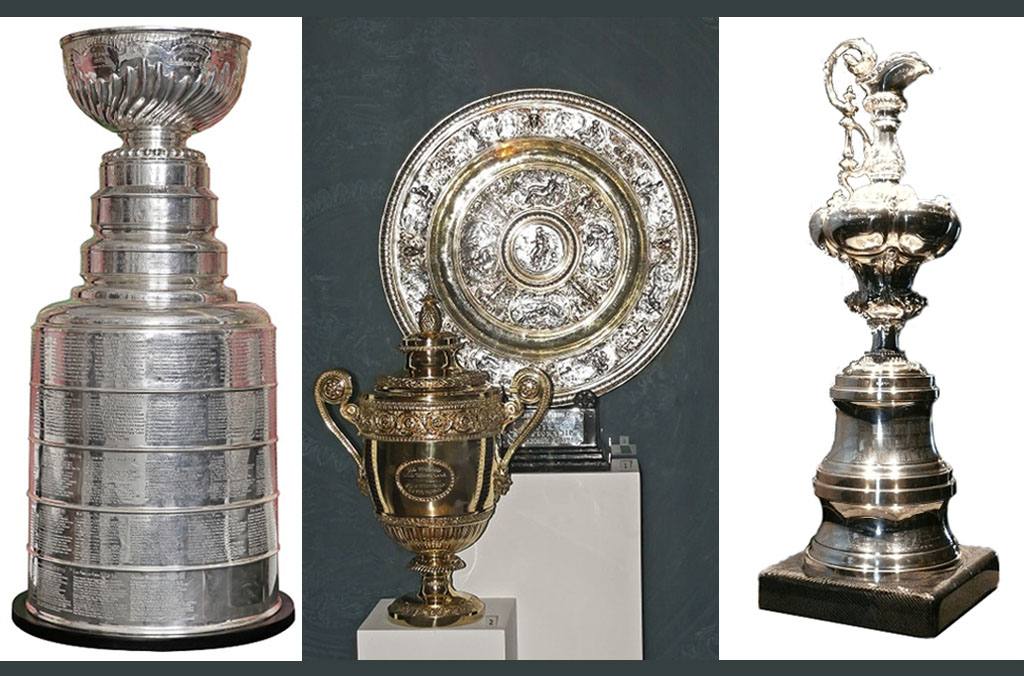The True Value of a Trophy

As the Olympic Games in Paris draw near, it’s timely to reflect on the origins of the prizes awarded in these and other competitions, both athletic and otherwise.
The first organized sporting events that could be deemed multinational were the Olympic Games held in ancient Greece, dedicated to the gods residing on Mount Olympus, according to the mythology of that era and region.
The concept of Olympism, or the Olympic spirit, which should govern today’s games, originates from those times when competitors did not seek material gain but exclusively fame. The victors were crowned with a wreath made from branches of a sacred olive tree that grew near the temple of Zeus.
In ancient Rome, feats of any nature were often rewarded with a laurel wreath. This plant symbolizes victory, and its legacy persists in the Spanish word «lauro,» synonymous with award and honor.

Military achievements were also rewarded, often with weapons, shields, or other items typically obtained as spoils of war. Gladiators, usually slaves, were awarded a wooden sword after many victorious battles, gaining their freedom and a substantial sum of money as a retirement fund.
Later in history, though retaining the shape of two branches from the revered tree, crowns were made from precious metals, thus introducing material value to the prizes.
Nevertheless, trophies still hold purely symbolic significance, though in times of crisis, some desperate individuals have had to sell theirs to survive.
According to the dictionary of the Royal Spanish Academy (DRAE), the word «trophy» has Greek origins. It referred to the monument erected from the spoils of the defeated at the site where they began to lose the battle.
For quite some time, it has been customary for trophies in many tournaments to take the form of a cup, with some competitions even being named after them. This tradition may be linked to the idea of toasting; the winner is offered a chalice to toast to their victory.

However, it may also relate to the spoils of war, as noble metal tableware was a significant part of the victors’ loot. Thus, it is not surprising that kings used a gold or silver cup to reward someone who excelled in an event.
As for medals awarded in sports competitions, they began to be distributed at the modern Olympic Games held in Athens in 1896. Winners received silver medals, while others received bronze, with gold medals being introduced in 1904 in St. Louis, following the distribution we know today.
Life has evolved, and trophy cups now vary in design and size, tailored to the particular competition. They no longer serve their original purpose of holding liquor for a victory toast but rather the more honorable role of being displayed in a showcase as a memento of the achievement, and they are seldom made of solid gold. Similarly, the sizes and designs of medals and other trophies have changed, becoming an art form in their creation.
Amateur sport, born in ancient Greece, continues to be a means of fostering friendship among people and nations, promoting an active and healthy lifestyle, and providing solace to fans. Therefore, a trophy, even if only gold-plated, holds more value from a human perspective than an entire treasure.
Translated by Luis E. Amador Dominguez



